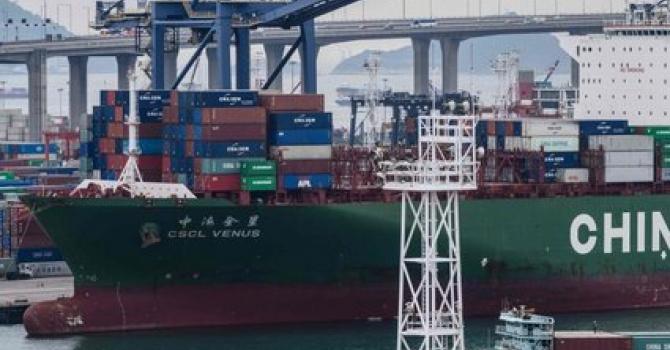SCMP: How the Greater Bay Area plan can boost Hong Kong’s environmental collaboration
Christine Loh says once Beijing has unveiled its plans to link the Greater Bay Area, Hong Kong officials should seek ways to coordinate environmental planning, something that has been lacking with previous administrations
China concluded a two-day national conference on the environment in mid-May, chaired by President Xi Jinping and with top cadres in attendance. Hong Kong should pay attention as the outcomes have a direct impact on the “Greater Bay Area”.
National leaders seek to align economic and social development with environmental sustainability by 2035. Xi called on officials to practice “ecological civilisation” via six policy principles. Officials across ministries and regions must include them in their decision-making.
The first principle is to harmonise people and nature through conservation, protection and restoration. The second is to practise resource efficiency; the third prioritises problems harmful to public health, such as air and water quality. The fourth principle is the importance of mountains, forests, grasslands, rivers, lakes and farmland – development plans must protect or restore ecosystems’ functions. The fifth is a mandate for officials to strengthen environmental risk assessment capacity, update regulations and enforce them. The last principle calls on officials to engage with the world on ecological civilisation.
Hong Kong should reflect on these principles; there is an overall coherence to them. No Hong Kong administration has placed the environment alongside development in the way the mainland has. The environment is the envelop within which all human activities take place, so it should be a constant pursuit from administration to administration. After all, there is no dispute that liveability is under threat from years of environmental damage, including in Hong Kong.
On the mainland, all ministries and authorities must deliver on environmental goals. For example, it is the responsibility of officials in charge of transport to reduce emissions. In Hong Kong, environmental protection is left to environmental officials, which is a less effective way to achieve results than if each department has to set its own goals and targets to reduce emissions, achieve resource efficiency, reduce waste and protect biodiversity.
Hong Kong has a reasonably mature environmental protection system. However, there is a lack of understanding among local leaders that the environment should always be a priority, and results would be better if each bureau and department took on direct environmental responsibility. Indeed, such a suggestion would be resisted, as it would be seen to impose more work across the bureaucracy. Officials are likely to insist that everything is already working well.
The Greater Bay Area plan, expected to be released in June, will hopefully spur collaboration between Hong Kong, Macau, Shenzhen and Guangdong. Notable areas could include Hong Kong and Shenzhen working together to protect the wetlands at Mai Po in Hong Kong and Futian in Shenzhen. Along the border are mountains, forests and shrubs, which could become a protected area that can one day become a national park together with the wetlands – perhaps before 2035.
Mirs Bay could be be a jointly protected area since the eastern side can be a good recreational spot for everyone. Moreover, the successful revival of Lai Chi Wo offers a good example of not only reviving small-scale agriculture; it could also provide an alternative lifestyle in the Greater Bay Area. On the western side, the authorities could commit to protecting the endangered Chinese white dolphin that is unique to Hong Kong and Guangdong. This will require moderating development, including slowing down cross-border ferries.
The bay area’s fresh water supply is fed by the Pearl River. In embracing ecological civilisation, the mainland must ensure development does not harm water basins. Hong Kong should seek to play a part in managing this. Likewise, the city should join the discussions on energy as, one day, Hong Kong should be able to trade power with the mainland when the grid is joined-up.
There are many other areas of collaboration that will bring efficiency, opportunities and jobs – such as improving flood protection for the bay area. The bay area can also lead the nation by adopting higher air- and water-quality standards, and green building standards. Furthermore, in the spirit of “give and take”, since Hong Kong’s sludge treatment plant still has spare capacity, can it help Shenzhen treat some of its sludge in return for taking more recyclables in the near term?
https://www.scmp.com/comment/insight-opinion/article/2148240/how-greater-bay-area-plan-can-boost-hong-kongs-environmental




